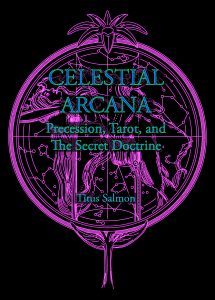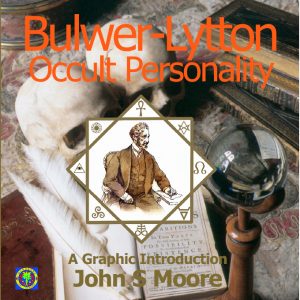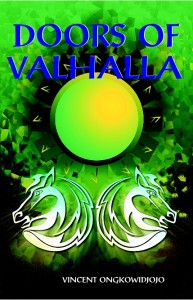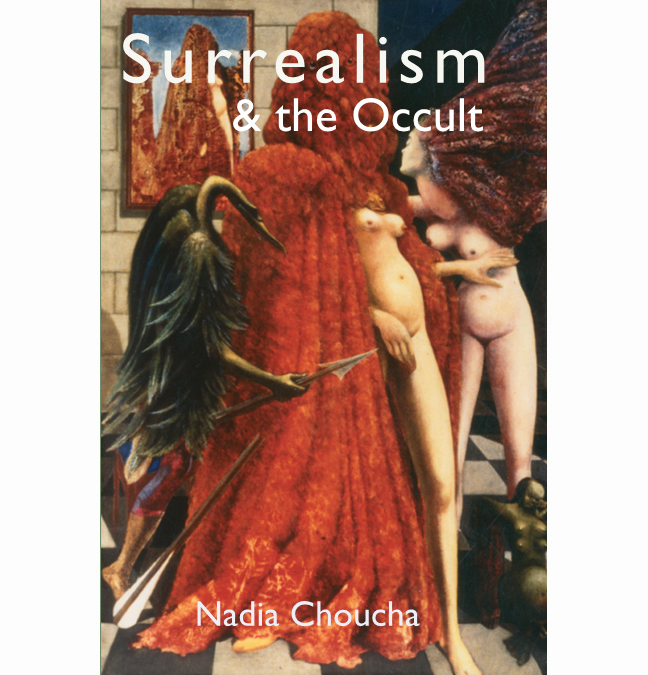Precession, Tarot & The Secret Doctrine
Titus Salmon

Celestial Arcana
Precession, Tarot & The Secret Doctrine
Titus Salmon
Format: Hardback
ISBN: 978-1-906958-80-0
Subjects: Cosmology/Astrology/Tarot/Divination/Occult/Theosophy
This book is an in-depth study of Tarot symbolism, with a particular emphasis on the various myths encoded within, and how they relate to the phenomenon of precession, and the Secret Doctrine of Aeonic succession. Much of the symbolism is shown to have been derived from ancient Egyptian, Celtic, Hellenistic, and medieval customs, rituals, and myths. One of the main theses developed within the book is that the ultimate source of the symbolism is preeminently Egyptian, and can be traced at least as far back to the Age of Taurus (c. 4200-2100 BCE).
The annual flooding of the Nile River, and its connection to the star Sirius was of paramount importance during this era, and it is demonstrated how much of the mythology and symbolism of later Ages and cultures are actually derivations from this fundamental mythos – in which the Mother Goddess was revered rather than vilified, as the case has subsequently become during the Ages of Aries and Pisces. For example, it is postulated that the Biblical account of the Fall of Humanity can be interpreted as a record in astromythological form of the usurpation of the ancient stellar and matriarchal cosmology – in which the Great Mother was preeminent – by the solar and patriarchal regime in which Jehovah became the central deity. Although it is undeniable that our current Age is characterized by many aspects of a bellicose patriarchy, it is suggested that this is a regime losing its foothold, to be supplanted in the (relatively) near future with a more egalitarian cosmology.
The ancient Egyptians were quite aware of the phenomenon of precession well before it was “discovered” by Greek astronomer Hipparchus during the Hellenistic era. In fact, Plato recounts how the Egyptian priests of the 7th century BCE maintained that they had knowledge of multiple precessional cycles (each one comprising 24-26,000 years; i.e. the Great Year), and the concomitant periodic destruction of humanity through various celestial cataclysms – from which they were invariably saved due to their proximity to the Nile. This cycle is shown to have been recognized by ancient Hindu cosmologists, leading to their development of the concept of Yugas – wherein each Yuga represents a portion of the Great Year, with its own celestial characteristics that determine the relative level of spiritual advancement of humanity as a whole. This in part constitutes the so-called “Secret Doctrine” of Aeonic succession throughout the course of the Great Year.
The structural components of the celestial sphere are shown to be keys to unlocking much of the symbolism behind various esoteric constructs and symbols, such as the Kabbalistic Tree of Life, Yggdrasil, the Enneagram, the Great Seal, and the Porta Alchemica. These keys are then applied to the Major Arcana in a multifaceted approach that considers astromythology, equinoctial precession, and ancient modes of chronometry in the examination of trump attributions.
Previous systems are discussed, drawing from various historical sources, such as Arthur Waite, Aleister Crowley, A. E. Thierens, Eliphas Levi, and Antoine Court de Gebelin. The tradition of ascribing a Hebraic letter to each of the 22 trumps is also addressed, and a new system is proposed. This system interprets the threefold categorization of the Hebraic alphabet into the “3 mothers”, “7 doubles”, and “12 simples”, according to the celestial mechanism of precession.
The work of Gerald Massey is drawn from throughout the book. Massey was considered to be a self-initiate into the “Secret Doctrine” by H. P. Blavatsky, and Crowley listed him as one of the Chiefs of the “Argentium Astrum”. Much that is obscure in Crowley’s Tarot doctrine is clarified via reference to Massey’s extensive writings on the astromythology of the ancient Egyptians.
The book is illustrated with over 270 images consisting of tables, diagrams, and pictures. Also included is a thorough bibliography and index; references include over 680 footnotes. Total word count = 103,623 (402 pages).




